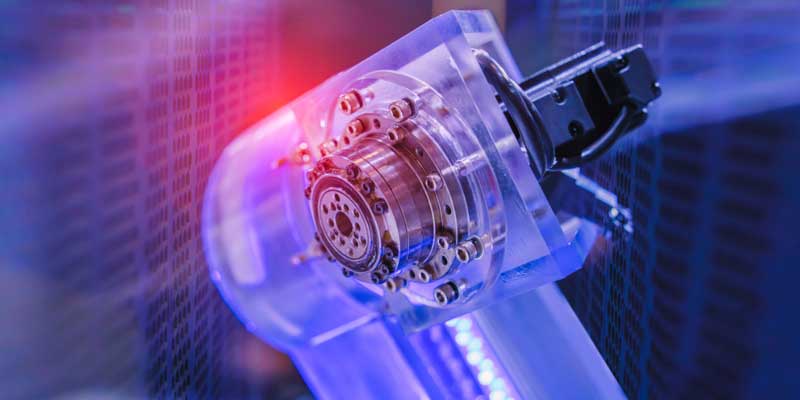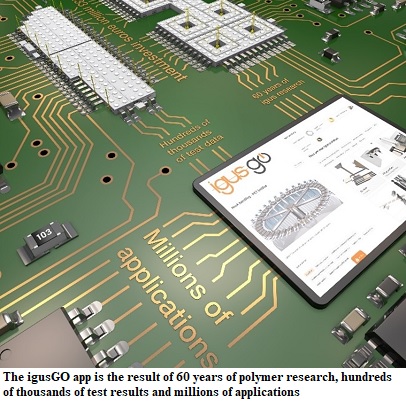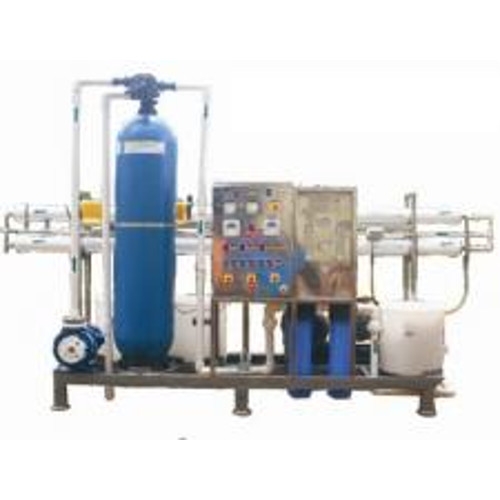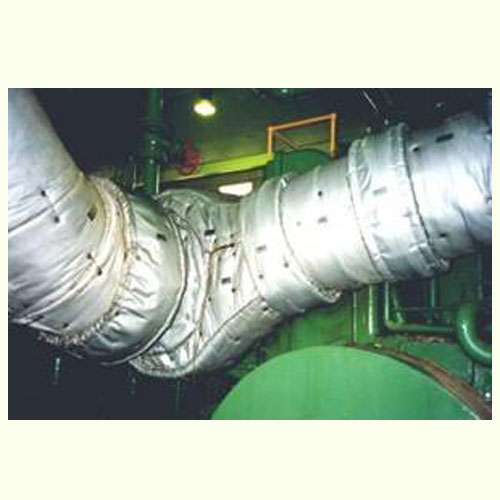Schedule a Call Back
Cobot market is expected to exceed $ 2 billion by 2026
 Industry News
Industry News- Nov 25,22

Collaborative robots (cobots) have been revolutionising manufacturing eversince their advent in the market. While light-duty cobots (3-10 kg) still dominate the market, they are accelerating their penetration into industries where heavy lifting is involved, such as semiconductors, automotive, and logistics. In this interview with Rakesh Rao, Maya Xiao, Senior Analyst, Interact Analysis (IA), and Author of IA's “Collaborative Robot” report, talks about changes in cobot technology and their applications over the years.
How has been the evolution of collaborative robots (cobots) market over the years?
Interact analysis began to track the collaborative robot market in 2018, so 2022 is the 5th year we have followed it. Taking the outbreak of Covid in early 2020 as a watershed, looking back and projecting forward up to 2030, we can divide the development of the collaborative robot market into three major time periods:
2016-2019: The main factor at play during this period was the latest industrial standard for collaborative robots released by the International Organization for Standardization in 2016 - ISO/TS 15066: Robots and robotic devices - Collaborative robots. It came in the form of a supplementary document supporting ISO 10218, which further clarified the design details and system safety technology specifications of collaborative robots. All cobot products must be certified to this standard before they can be placed on the market. As a result, collaborative robots were placed on the road to standardised production. The introduction of this standard was a major driver for the development of the collaborative robot market.
2020-2021: In 2020, deployments of collaborative robots slowed due to factories, warehouses and public places being forced to close, as well as companies holding off on making large capital purchases to conserve cash flow. In 2020, the collaborative robot market declined for the first time, by -15.2 per cent in revenue terms and -7.8 per cent in shipment terms.
2022-2026: We saw a ‘V-shaped’ rebound for cobot sales between 2019 and 2021. After hitting the bottom in 2020, the collaborative robot market experienced a startling recovery with growth of over 40 per cent in 2021, such that it surpassed its 2019 market size. We project that the market will enter a period of strong growth during our forecast period up until 2026, with annual growth rates running at over 20 per cent. It’s expected that by 2026, the collaborative robot market will exceed $ 2 billion, with shipments of nearly 100,000 units, more than three times that of 2021.
Are cobots really a viable low-cost automation option for small & medium enterprises (SMEs)? What has been the experience globally?
SMEs’ products are generally characterised by small batches, customisation, and short cycles. It is too costly to make large-scale transformations on the production line, and they are more sensitive to the ROI of the product. This requires robots with low overall costs, rapid deployment/redistribution capabilities, and easy-to-use methods that are difficult to meet with traditional industrial robots.
What are the factors leading to the growth of the cobots market? Which industries are driving the demand for cobots?
The need to increase factory and warehouse automation and the shortage of labor is the key driver for cobot penetration. New applications in manufacturing present opportunities for collaborative robots (food and beverage, new energy, etc).
Collaborative robots are accelerating their expansion into non-industrial application fields. The price of cobots has dropped significantly, lowering a barrier for end-users, and many vendors have launched competitively-priced collaborative robot products with the aim of penetrating the non-industrial market.
What are key emerging trends in the cobots industry?
Some of the key trends in the industry are:
The rise of large and ultra-small payload models: In Interact Analysis’s report, the payload range of collaborative robots has been split into 4 segments: <5 kg, 5~9 kg, 10~20 kg and >20 kg. In general, light-duty collaborative robots (3-10kg) are still the mainstream of the market. Although the current proportion of collaborative robots of more than 10 kg is relatively low, the demand for these machines is showing an upward trend. Collaborative robots are accelerating their penetration into industries where there is heavy lifting involved, such as semiconductors, automotive, and logistics. Interestingly, at the other extreme, ultra-small collaborative robots, also known as desktop cobots, are on the rise. Small desktop collaborative robot arms in the 500 gm payload bracket have been launched by several manufacturers in recent years.
Unsurprisingly, the payloads of collaborative robots are closely related to their application scenarios. During the forecast period, 3 kg and 5 kg machines will continue to be the main force in the market, but large and ultra-small payload arms are also developing their own niche markets.
The mobile collaborative robot market is booming: We have mentioned the high growth potential of mobile (composite) collaborative robots in each edition of our report. In order to meet the demands of flexible production lines, the robot arm is mounted on an AGV/AMR so as to give the manipulator mobility and flexibility. Interact Analysis predicts that the mobile cobot share of the robot market will surpass 10 per cent in 2025 and shipments will reach 11,080 in 2026, with a much higher year-on-year growth rate compared to that of static collaborative robots.
The application of collaborative robots in the new energy field: New energy includes lithium-ion battery production, wind power, photovoltaic production, hydrogen energy, etc. According to Interact Analysis’s new database, collaborative robot shipments into the new energy industry will amount to 6,529 units in 2026, valued at $ 154.3 million. The segment’s share of total industrial robot shipments will rise from about 4.1 per cent in 2021 to 6.7 per cent in 2026. With an impressive CAGR of 38 per cent between 2022 and 2026, the cobot sector will be the fastest growing industry outside of logistics. Among which, Li-ion battery manufacturing has the most practical applications for cobot.
From single product to total solution: Compared with traditional industrial robots, the flexibility, ease of use and safety of collaborative robots have made vision, sensing, and end of arm tooling much more important. On one hand, the requirements of the robot body are reduced, and on the other hand, the highly flexible end effector can adapt to more application requirements. Depending on these application requirements, the cobot vendor along with system integrators are trying to provide plug-and-play solutions.
What is your outlook for cobots industry in the next few years?
The pandemic has exposed the shortcomings of relying on labour in manufacturing, and accelerated automation upgrades to make enterprises more resilient in the face of possible future crises. This is a long-term positive for the overall robotics industry which contributes to a near 20 per cent growth projection even to 2030.
Related Stories

Increasing automation drives servo motors demand
The market for servo motors was significantly influenced by the growing use of automation across a number of industries, including manufacturing, automotive, electronics, and packaging, says Adroit ..
Read more
Igus to invest in 247 new motion plastics products in 2024
The German firm, which recorded Euro 1.136 billion turnover in 2023, increased its customer base by 6.7 per cent.
Read more
Electronic Automation offers smart solutions to our customers
In this interview, Shreedhar Kamat, Co-Founder & Chairman, Electronic Automation Pvt Ltd (EAPL), explains the emerging changes in the industry and how the company is gearing up to tap new opportunit..
Read moreRelated Products

Industrial Desalination System
Shakunth Aqua Products offers a wide range of industrial desalination system. Read more

Industrial Castors & Wheels
H M Gulamali offers a wide range of castors and wheels manufactured by Blickle, Germany. Read more
Foxconn, Nvidia join forces for AI factories revolutionising tech production
Taiwanese technology giant Foxconn and leading US hardware company Nvidia revealed their partnership to establish "AI factories," advanced data processing centres geared toward driving the production Read more













